-
 bitcoin
bitcoin $111743.690167 USD
0.54% -
 ethereum
ethereum $3950.699791 USD
0.55% -
 tether
tether $1.000164 USD
-0.01% -
 xrp
xrp $2.611685 USD
2.58% -
 bnb
bnb $1122.616845 USD
1.30% -
 solana
solana $193.462394 USD
-0.26% -
 usd-coin
usd-coin $0.999872 USD
-0.03% -
 dogecoin
dogecoin $0.196092 USD
-1.61% -
 tron
tron $0.296693 USD
-0.41% -
 cardano
cardano $0.652995 USD
-0.60% -
 hyperliquid
hyperliquid $44.316120 USD
12.98% -
 chainlink
chainlink $17.906269 USD
0.05% -
 ethena-usde
ethena-usde $0.999193 USD
-0.02% -
 stellar
stellar $0.326600 USD
1.70% -
 bitcoin-cash
bitcoin-cash $513.235984 USD
1.57%
Confirming Crypto Breakouts with the On-Balance Volume (OBV) Indicator
The On-Balance Volume (OBV) indicator tracks cumulative volume flow, confirming crypto price trends and breakouts by aligning volume with price movements.
Oct 25, 2025 at 09:18 pm
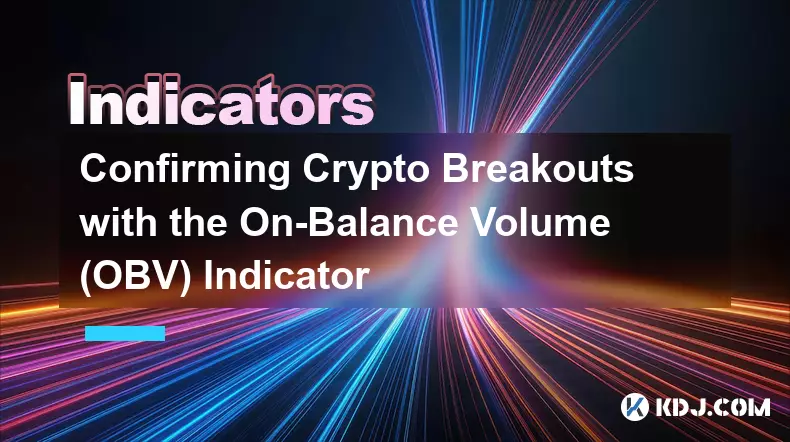
Understanding the On-Balance Volume (OBV) Indicator
1. The On-Balance Volume (OBV) indicator is a cumulative measure that tracks the flow of trading volume in relation to price movements within the cryptocurrency market. It assigns positive values to days when the closing price rises and negative values to days when it falls, summing these over time to form a continuous line.
2. This momentum-based tool was developed by Joe Granville and has since become a staple for traders analyzing volume dynamics. In the volatile world of cryptocurrencies, where price swings can be abrupt, OBV helps confirm whether volume supports the direction of price trends.
3. When the price of a digital asset increases on high volume, OBV climbs, signaling strong buying pressure. Conversely, if the price drops and volume spikes, OBV declines, reflecting heightened selling activity.
4. Because many altcoins lack fundamental data, technical indicators like OBV become essential tools for assessing market sentiment purely through trading behavior. Traders rely on OBV to detect early shifts in momentum before they are fully reflected in price.
5. Unlike moving averages or oscillators, OBV does not reset or fluctuate within a bounded range. Its cumulative nature allows long-term analysis of volume trends across extended periods, making it useful for identifying institutional accumulation or distribution phases.
How OBV Confirms Crypto Breakouts
1. A breakout occurs when a cryptocurrency’s price moves beyond a defined support or resistance level with increased volume. However, not all breakouts are valid—some fail due to lack of follow-through demand. OBV acts as a validator by showing whether volume aligns with the breakout.
2. If the price breaks above resistance and OBV reaches a new high simultaneously, this confluence suggests genuine buyer interest. Such alignment increases the probability that the breakout will hold and lead to further upside movement.
3. In contrast, a price breakout without a corresponding rise in OBV may indicate weak participation. These 'false breakouts' often result in sharp reversals as retail traders enter positions based on price alone, unaware of insufficient volume backing.
4. Divergences between price and OBV can also signal trouble ahead. For example, if Bitcoin makes a higher high but OBV forms a lower high, it reveals weakening volume behind the rally—a potential warning of an impending reversal.
5. Day traders and swing traders use OBV crossovers relative to their moving averages to time entries after confirmed breakouts. A rising OBV crossing above its 20-period moving average after a consolidation phase adds confidence to bullish setups.
Practical Applications of OBV in Crypto Trading
1. Traders apply OBV across various timeframes, from 15-minute charts for scalping to weekly intervals for position building. On shorter durations, sudden spikes in OBV can highlight news-driven surges or whale transactions influencing market direction.
2. During sideways markets, OBV often flattens, indicating balanced buying and selling. A subsequent upward slope while price remains range-bound may foreshadow an imminent breakout, as hidden accumulation takes place.
3. Stablecoins and low-cap tokens present unique challenges for OBV interpretation. In stablecoin pairs, volume might reflect arbitrage rather than directional conviction, requiring additional context before drawing conclusions.
4. Combining OBV with other tools such as trendlines or Bollinger Bands enhances accuracy. Drawing trendlines directly on the OBV chart can reveal divergences earlier than price action alone, offering advanced warnings of trend exhaustion.
5. Some algorithmic trading bots integrate OBV signals into execution logic, automatically entering long positions when both price and OBV breach predefined thresholds. This systematic approach minimizes emotional decision-making during fast-moving crypto rallies.
Frequently Asked Questions
What does a flat OBV line indicate in a crypto chart? A flat OBV line suggests that volume is evenly distributed between up and down periods, typically occurring during consolidation phases. It reflects indecision in the market and may precede a significant move once volume resumes decisively in one direction.
Can OBV predict exact price targets? No, OBV does not provide specific price objectives. It measures volume momentum and confirms trend strength but must be used alongside price analysis and other technical methods to estimate potential target zones.
Is OBV effective for low-volume cryptocurrencies? Its effectiveness diminishes in extremely low-volume coins where trades can be manipulated easily. Large single transactions can distort the OBV curve, leading to misleading signals. Higher market cap assets with consistent volume offer more reliable readings.
How should traders handle conflicting signals between OBV and price? Conflicts, such as price rising while OBV falls, demand caution. They often precede reversals. Traders may choose to reduce exposure, tighten stop-loss levels, or wait for resolution before initiating new positions.
Disclaimer:info@kdj.com
The information provided is not trading advice. kdj.com does not assume any responsibility for any investments made based on the information provided in this article. Cryptocurrencies are highly volatile and it is highly recommended that you invest with caution after thorough research!
If you believe that the content used on this website infringes your copyright, please contact us immediately (info@kdj.com) and we will delete it promptly.
- Essex Post Office, 5p Coins, and King Charles: A Royal Mint Revelation!
- 2025-10-23 10:30:16
- Waymo's Newark Airport AV Tests: Alphabet's AI Gamble Pays Off?
- 2025-10-23 10:30:16
- King Charles 5p Coins: A Royal Flush in Your Pocket?
- 2025-10-23 10:35:18
- Solana, Crypto Advisory, and Forward Industries: A New York Minute on the Future of Finance
- 2025-10-23 08:51:22
- MAGACOIN: Ethereum Whales Dive into the Hottest Presale of 2025
- 2025-10-23 08:51:22
- Kadena's End of the Road? KDA Token Plummets Amid Project Abandonment
- 2025-10-23 08:55:34
Related knowledge
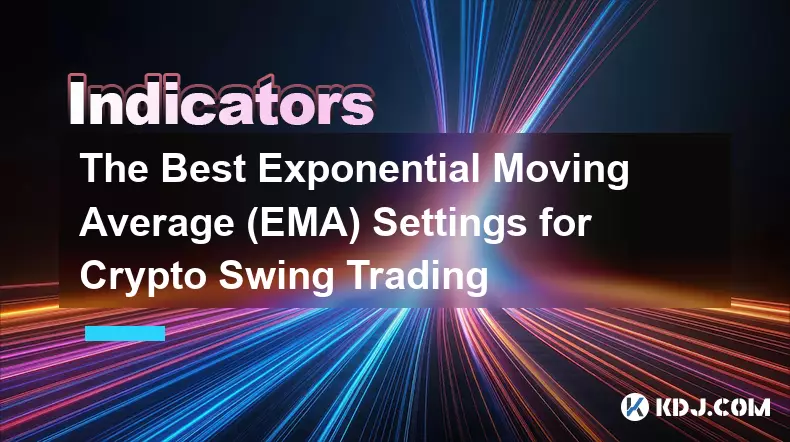
The Best Exponential Moving Average (EMA) Settings for Crypto Swing Trading
Oct 25,2025 at 04:55pm
The Best Exponential Moving Average (EMA) Settings for Crypto Swing TradingSwing trading in the cryptocurrency market relies heavily on identifying tr...
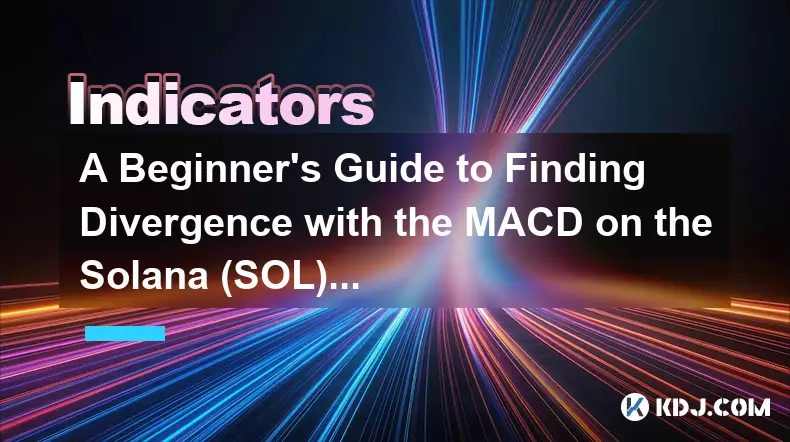
A Beginner's Guide to Finding Divergence with the MACD on the Solana (SOL) Chart
Oct 26,2025 at 12:36pm
Understanding MACD and Its Role in Solana Trading1. The Moving Average Convergence Divergence (MACD) is a momentum indicator widely used in cryptocurr...
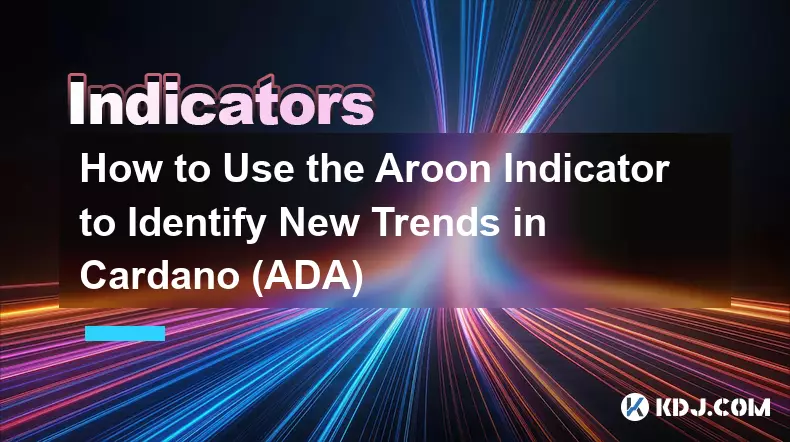
How to Use the Aroon Indicator to Identify New Trends in Cardano (ADA)
Oct 26,2025 at 10:18pm
Understanding the Aroon Indicator in Cryptocurrency Trading1. The Aroon indicator is a technical analysis tool designed to identify whether an asset i...
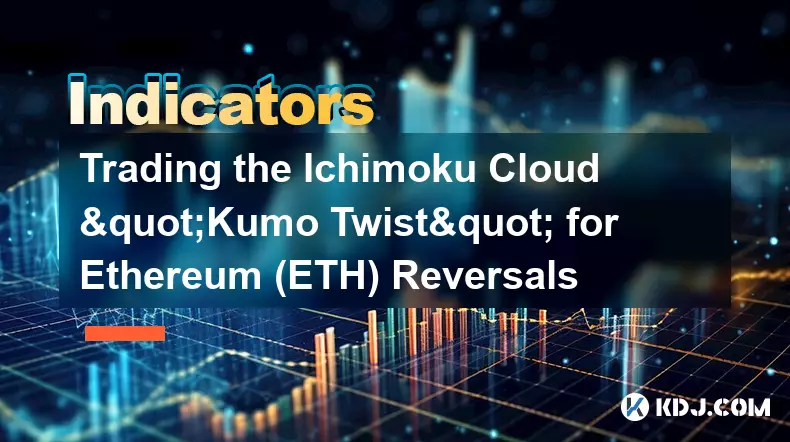
Trading the Ichimoku Cloud "Kumo Twist" for Ethereum (ETH) Reversals
Oct 27,2025 at 01:54am
Understanding the Ichimoku Cloud and Its Components1. The Ichimoku Cloud, also known as Ichimoku Kinko Hyo, is a comprehensive technical analysis tool...
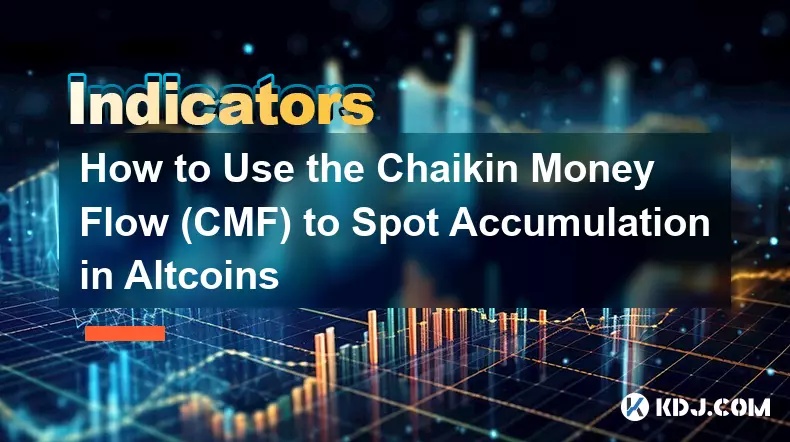
How to Use the Chaikin Money Flow (CMF) to Spot Accumulation in Altcoins
Oct 25,2025 at 08:18pm
Understanding Chaikin Money Flow in the Context of Altcoin Markets1. The Chaikin Money Flow (CMF) is a technical indicator developed by Marc Chaikin t...
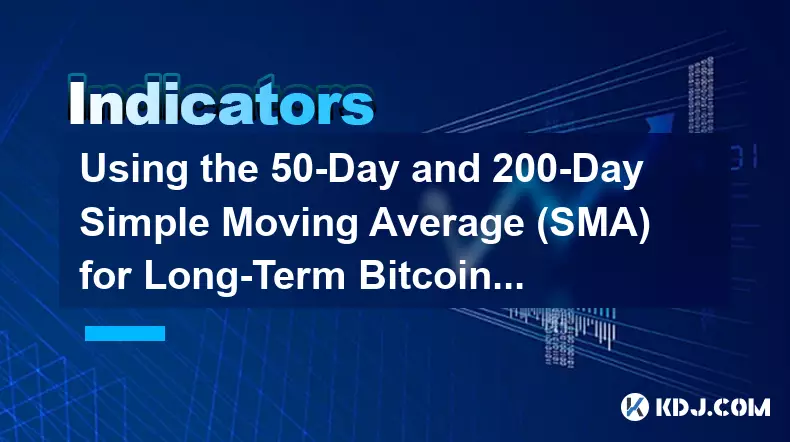
Using the 50-Day and 200-Day Simple Moving Average (SMA) for Long-Term Bitcoin Investing
Oct 27,2025 at 04:19am
Bitcoin's Role in Decentralized Finance1. Bitcoin remains the foundational asset in the decentralized finance ecosystem, serving as a benchmark for va...

The Best Exponential Moving Average (EMA) Settings for Crypto Swing Trading
Oct 25,2025 at 04:55pm
The Best Exponential Moving Average (EMA) Settings for Crypto Swing TradingSwing trading in the cryptocurrency market relies heavily on identifying tr...

A Beginner's Guide to Finding Divergence with the MACD on the Solana (SOL) Chart
Oct 26,2025 at 12:36pm
Understanding MACD and Its Role in Solana Trading1. The Moving Average Convergence Divergence (MACD) is a momentum indicator widely used in cryptocurr...

How to Use the Aroon Indicator to Identify New Trends in Cardano (ADA)
Oct 26,2025 at 10:18pm
Understanding the Aroon Indicator in Cryptocurrency Trading1. The Aroon indicator is a technical analysis tool designed to identify whether an asset i...

Trading the Ichimoku Cloud "Kumo Twist" for Ethereum (ETH) Reversals
Oct 27,2025 at 01:54am
Understanding the Ichimoku Cloud and Its Components1. The Ichimoku Cloud, also known as Ichimoku Kinko Hyo, is a comprehensive technical analysis tool...

How to Use the Chaikin Money Flow (CMF) to Spot Accumulation in Altcoins
Oct 25,2025 at 08:18pm
Understanding Chaikin Money Flow in the Context of Altcoin Markets1. The Chaikin Money Flow (CMF) is a technical indicator developed by Marc Chaikin t...

Using the 50-Day and 200-Day Simple Moving Average (SMA) for Long-Term Bitcoin Investing
Oct 27,2025 at 04:19am
Bitcoin's Role in Decentralized Finance1. Bitcoin remains the foundational asset in the decentralized finance ecosystem, serving as a benchmark for va...
See all articles










































































